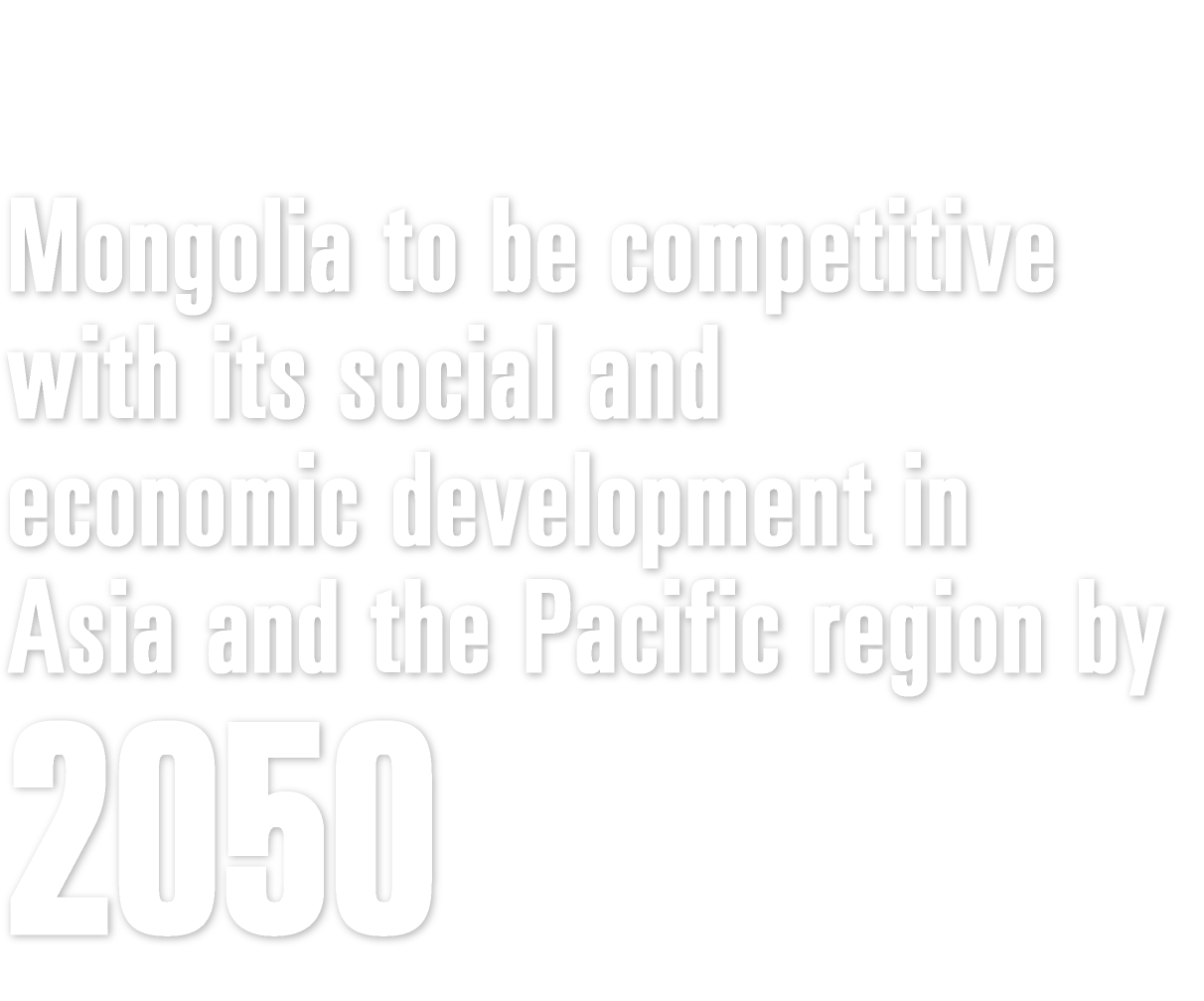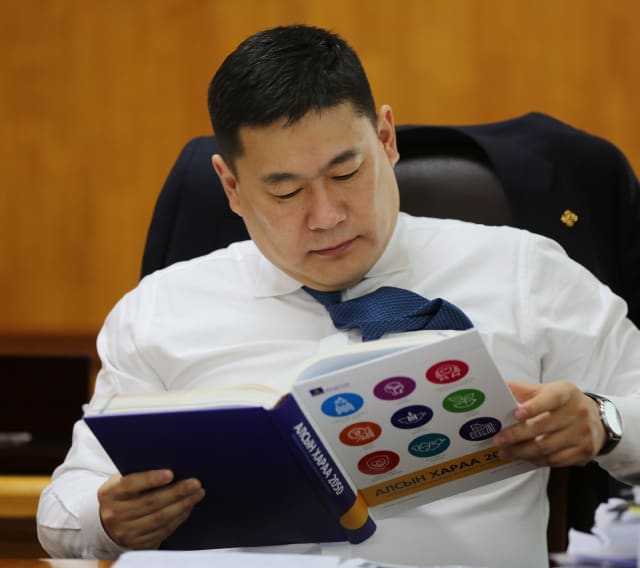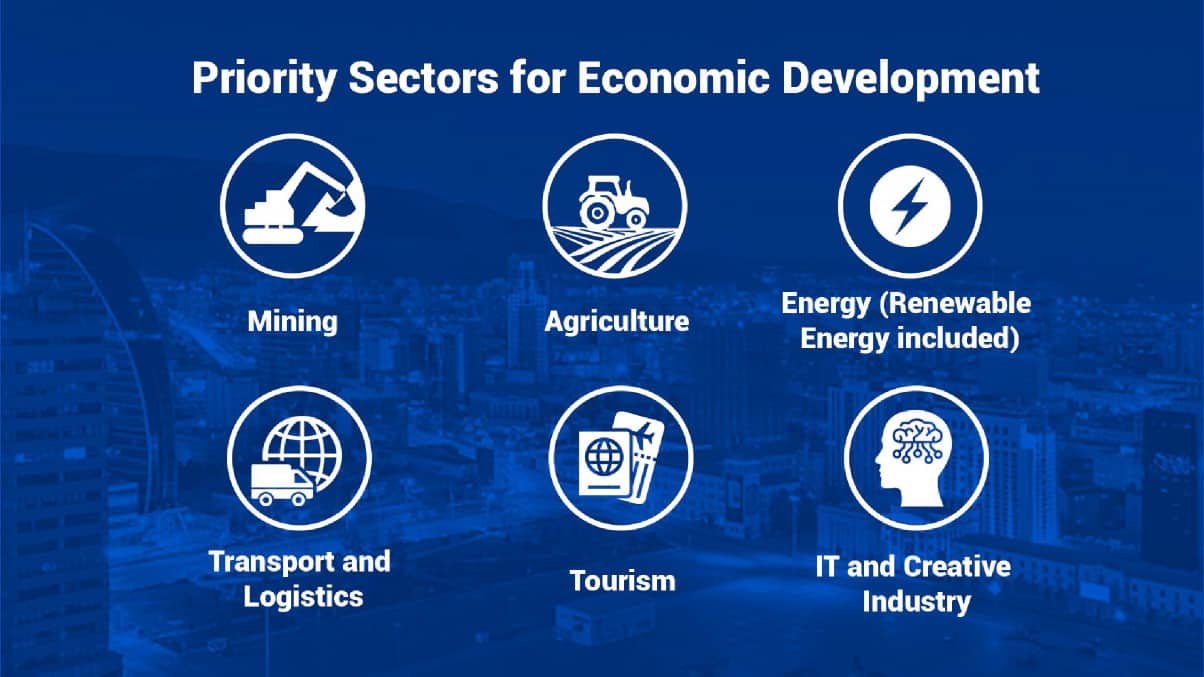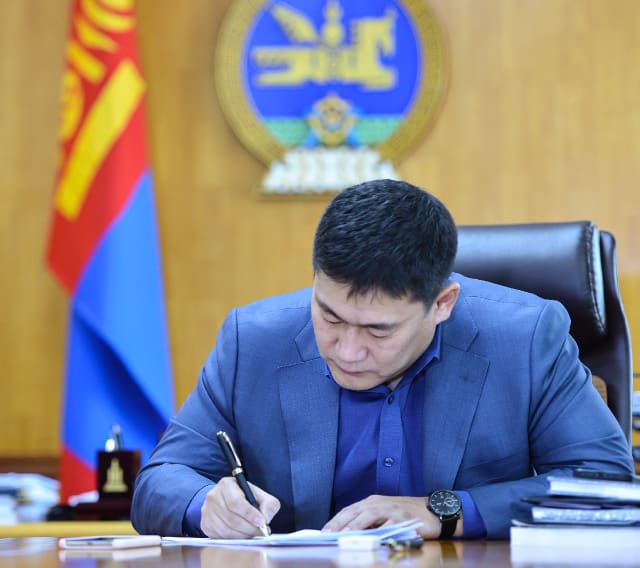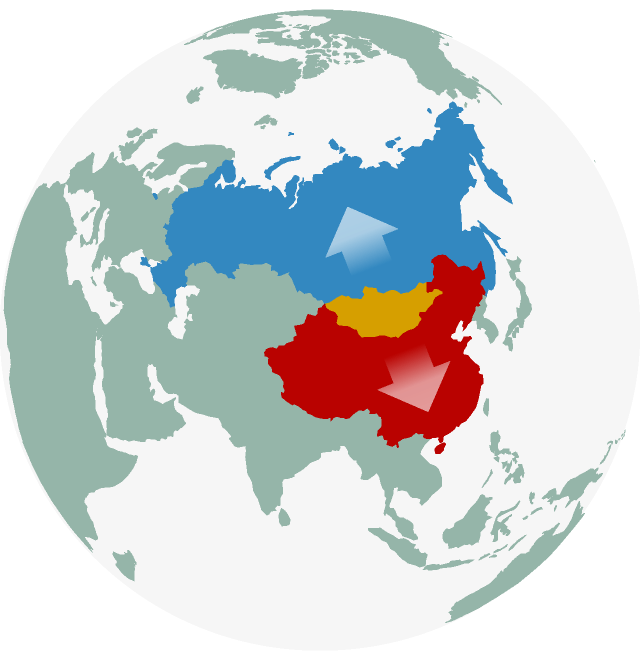Mongolia is a democratic country with a parliamentary system, situated between two big neighbours. That’s why the country considers it important to have active international cooperation and open international investment, and has been pursuing an open policy to be connected with other countries through large-scale projects. Of course, there are issues that foreign investors face when they communicate with us directly. For example, most Mongolian laws, government documents, and websites of ministries and government agencies are only in Mongolian language. People interested in cooperation and investment have limited access to information without the help of interpreters or intermediaries. Therefore, we are focusing on translating laws and websites into English.
Second, foreign investors sometimes do not know where to apply. Therefore, we will strengthen and ensure sustainable operation of the state administrative body for foreign investment. Investors can visit the organization in person or receive information by phone, for example. We are working on this work to complete by 2024, so that the legal environment for foreign investment will be understandable and have one rule for the game.
Mongolia is to have a one-window policy for foreign affairs. In other words, Mongolia aims to become a Digital Mongolia; thus it is implementing a major project named “E-Mongolia” that meets international standards, allowing both Mongolians and foreigners to set up companies, invest, obtain services, and get visa facilitation without having a face-to-face meeting with government officials. This project is being implemented in two phases. The first phase, shifting all public services of Mongolia into electronic form, is progressing well. The second phase is the “E-Citizen” menu for investors. If you want to invest in our country, or maybe want to rent an apartment, it is the phase that enables to conduct social and economic relations, sitting at your computer without coming to Mongolia. By doing so, it will create a favorable environment for investment in Mongolia.
Mongolia has big market not only for mining but also organic food, agricultural products, cashmere products, energy, transportation logistics, tourism and creative industry. There are full of possibilities and opportunities to cooperate in these fields.
